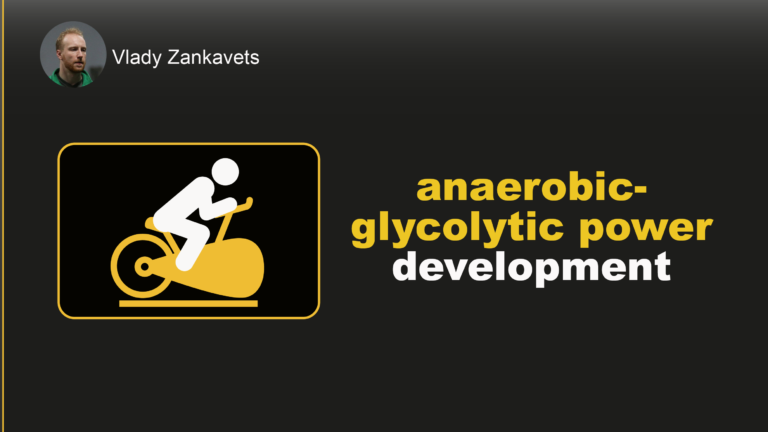
🏒Performance of a hockey player during the game is mainly supported by anaerobic-glycolytic energy system (69% contribution VS 31% aerobic) [1].
📊Before training intervention the current level of its development should be evaluated.
🚴♂️The Wingate test is a great tool for S&C coaches as it reflects anaerobic-glycolytic power [2] and significantly correlates with on-ice speed of hockey players [3, 4, 5] and their level of play [6, 7, 8]. While knowing mean power of each athlete an individualized program could be designed.
📈As a training adaptation occurs only if a physiological system is exercised beyond the current level [9], the conditioning program must include cycling with higher power output regarding Wingate mean power value. This can be achieved by dividing the 30 second sprint into Sshorter segments with rest intervals that are gradually reduced from session to session.
👥In our team setting we use the following approach to develop anaerobic-glycolytic energy system of the players:
▪️10 seconds sprint with power output = +5% Wingate mean power
▪️15 seconds rest
▪️10 seconds sprint with power output = +5% Wingate mean power
▪️15 seconds rest
▪️10 seconds sprint with power output = +5% Wingate mean power
▪️3+ minutes rest
The number of repetitions is limited by the ability of the athlete to maintain target power output throughout all three 10-second sprints. In other words, as soon as power output isn’t sustained anymore, the training session is finished.
Thank You for reading!
References:
1. Lau, S., et al. Comparison of active and passive recovery of blood lactate and subsequent performance of repeated work bouts in ice hockey players.
2. Smith, JC, Hill, DW. Contribution of energy systems during a Wingate power test.
3. Peterson, BJ, et al. Off-ice anaerobic power does not predict on-ice repeated shift performance in hockey.
4. Edman, S, Esping, T. Squats as a predictor of on-ice performance in hockey.
5. Farlinger, CM, Kruisselbrink, LD, Fowles, JR. Relationships to skating performance in competitive hockey players.
6. Peterson, BJ, et al. Division I hockey players generate more power than division III players during on- and off-ice performance tests.
7. Roczniok, R. et al. Physiological, physical and on-ice performance criteria for selection of elite ice hockey teams.
8. Roczniok, R. et al. Physiological and physical and on-ice performance approach to predict talent in male youth ice hockey players during draft to hockey team.
9. Powers, SK, Howley, ET. Exercise Physiology: Theory and Application to Fitness and Performance.